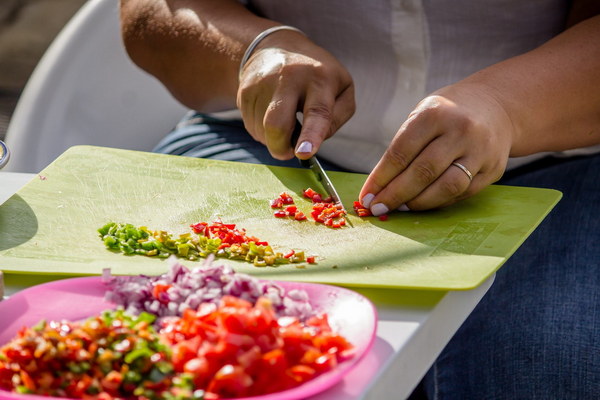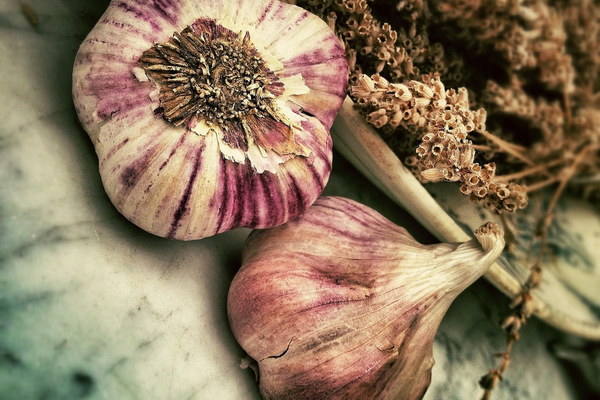The Ultimate Guide to Cultivating Black Fungus for Strengthening the Spleen and Stomach
Introduction:
Black fungus, also known as wood ear or black fungus, has long been valued in traditional Chinese medicine for its health benefits. One of its most notable properties is its ability to nourish the spleen and strengthen the stomach. In this article, we will explore why black fungus is beneficial for the spleen and stomach, and provide guidance on how to cultivate it effectively.
Why Black Fungus is Good for the Spleen and Stomach:
1. Rich in Nutrients: Black fungus is an excellent source of protein, fiber, and various vitamins and minerals. These nutrients help support the digestive system, ensuring proper absorption of nutrients and aiding in the prevention of gastrointestinal disorders.

2. Promotes Spleen and Stomach Function: The spleen and stomach are crucial organs in traditional Chinese medicine, responsible for digestion, absorption, and transportation of nutrients. Black fungus helps regulate the functions of these organs, leading to improved digestion and better nutrient absorption.
3. Boosts Immune System: A strong spleen and stomach are essential for a robust immune system. Black fungus contains polysaccharides, which have been found to enhance immune function and protect against infections.
4. Reduces Inflammation: Inflammation in the gastrointestinal tract can lead to various health issues. Black fungus has anti-inflammatory properties that can help reduce inflammation and alleviate symptoms of conditions like gastritis and irritable bowel syndrome (IBS).
How to Cultivate Black Fungus for Nourishing the Spleen and Stomach:
1. Selecting the Right Substrate: The substrate is the material on which black fungus grows. Opt for a high-quality substrate, such as hardwood sawdust, rice bran, or wheat bran, to ensure optimal growth and quality of the black fungus.
2. Sterilizing the Substrate: To prevent contamination and promote healthy growth, sterilize the substrate using an autoclave or pressure cooker. This step is crucial in eliminating any harmful bacteria or fungi that may hinder growth.
3. Inoculating the Substrate: Once the substrate is sterilized, inoculate it with black fungus spores. These can be purchased from a reliable source or obtained from a mature black fungus culture. Ensure the spores are evenly distributed throughout the substrate.
4. Maintaining Optimal Conditions: Black fungus requires specific environmental conditions to grow properly. Maintain a temperature of 22-28°C (72-82°F) and a humidity of 70-80% during the initial stage of growth. Gradually reduce humidity as the fungus matures.
5. Harvesting and Drying: Once the black fungus has reached the desired size and color, it is ready to be harvested. Use clean scissors to cut the fungus from the substrate, ensuring minimal damage. Dry the harvested black fungus in a well-ventilated area to preserve its quality and health benefits.
Conclusion:
Black fungus is an excellent choice for those looking to nourish their spleen and stomach. By understanding the benefits of black fungus and following proper cultivation techniques, you can enjoy its health benefits while supporting your digestive system. Incorporate black fungus into your diet and experience its positive impact on your overall well-being.









